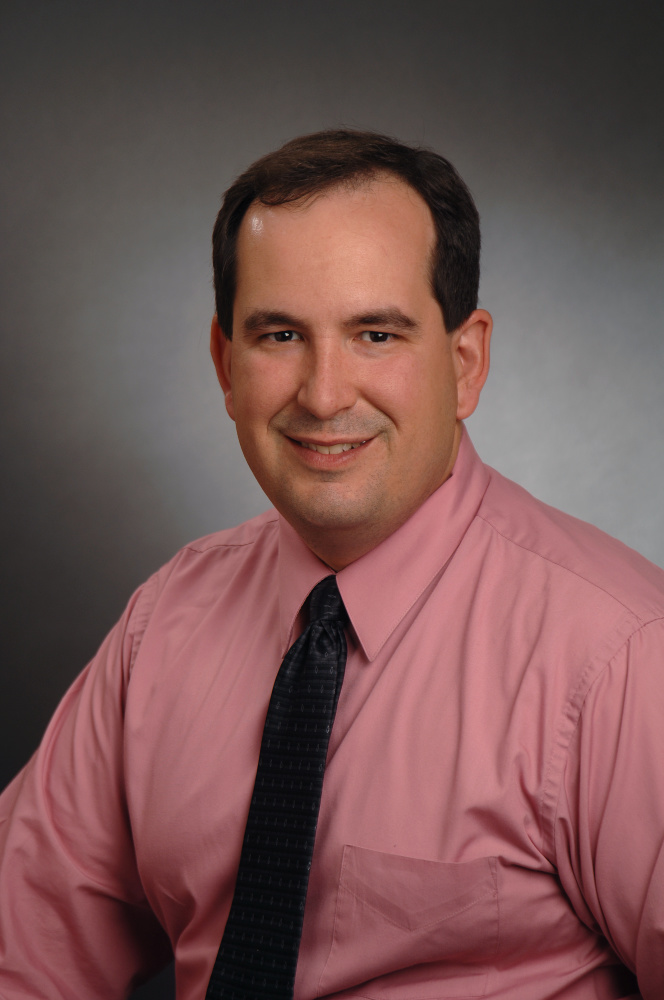
Adult histiocyte disorders are a group of rare diseases that involve an over-production of white blood cells known as histiocytes, which destroy foreign substances and protect the body from infection. In adults, Langerhans cell histiocytosis (LCH) is the most common of these diseases. LCH arises when specialized histiocytes called dendritic cells become too abundant in various tissues or organs. Only a few hundred adults each year are diagnosed with LCH in the United States.
While Langerhans cells perform a vital role in keeping us safe from disease and infection, an oversupply of them can lead to organ damage and tumor formation. Experts have long debated whether LCH and certain other histiocyte disorders should be considered inflammatory conditions or blood-related cancers. Recent scientific advances, including the identification of genetic mutations associated with these diseases, have begun to tip the balance toward LCH being defined as a form of blood-related cancer.
The symptoms of LCH depend on the organ affected and vary widely from patient. They may arise in:
- Bones, where pain is felt in the specific area where bone is being eroded. The most commonly affected bones are the skull, jaw, ribs, pelvis, and vertebrae, but any bone can be affected.
- Skin, which may develop single or multiple small red bumps or become itchy and flaky like eczema or psoriasis. Common sites include the scalp, ear canals, and vulva.
- Lymph nodes, which may develop painless, rubbery lumps in the neck, under the arms, or in the groin.
- Lungs, especially in smokers, where the result is chronic coughing or shortness of breath.
- Central nervous system, chiefly the pituitary gland, where it produces a condition known as diabetes insipidus, which can produce extreme thirst or urination.
Read More:
None of these symptoms is a definitive sign of LCH. When the disease begins in the liver or spleen, in fact, it often doesn’t produce any noticeable symptoms. To make a diagnosis, doctors biopsy the affected tissue and examine it under a microscope to look for abnormal-appearing cells. Experts then conduct molecular tests for abnormal genes or proteins associated with the disease. Imaging tests and laboratory tests also play an important role in diagnosing the disease and determining its effects on the body.
Other histiocyte disorders include:
- Erdheim-Chester Disease, an extremely rare form of non-Langerhans cell histiocytosis whose signs and symptoms are similar to those for LCH. Because it can affect critical organs such as the heart, brain, and kidneys, monitoring with a cardiologist, neurologist, and/or kidney specialist with knowledge of the disease is very important.
- Histiocytic Sarcoma, another extremely rare form of non-Langerhans cell histiocytosis, which often affects the lymph nodes and can lead to painful lumps in the neck, under the arms, or in the groin, or abdominal pain from enlarged lymph nodes in the abdomen. It often develops at the same time as other blood-related cancers such as lymphoma.
- Rosai-Dorfman Disease (RDD) is most commonly seen in children but also occurs in adults. It usually causes enlargement of the neck lymph nodes that then go away on their own without treatment. Sometimes, however, it doesn’t disappear on its own and requires treatment. It can affect the bone, skin, nervous system, and other organs. Also, RDD can occur with other blood-related diseases, including Hodgkin lymphoma, or with rheumatologic diseases such as lupus and rheumatoid arthritis.

The treatment of LCH depends on the individual patient, the areas of the body affected, and the overall extent of the disease. When LCH occurs in the lungs of cigarette smokers, for example, it can sometimes be cured simply by stopping smoking. When the disease arises in a single site, it can often be treated with surgery alone or with steroid injections into the affected area. If it occurs in several sites or involves a bodily system such as the lymph system, it often requires chemotherapy. Some patients benefit from advanced drugs that target a specific abnormal protein in the Langerhans cells.
“We’ve begun to work out some of the genetic and molecular mechanisms that are responsible for these diseases,” says Eric Jacobsen, MD, director of the Center for Adult Histiocyte Disorders at Dana-Farber. “That’s important scientifically, but it’s also important in treating these diseases, because many of these molecular or genetic abnormalities can now be targeted with medications. It’s a perfect case of science being translated into new treatments.”
